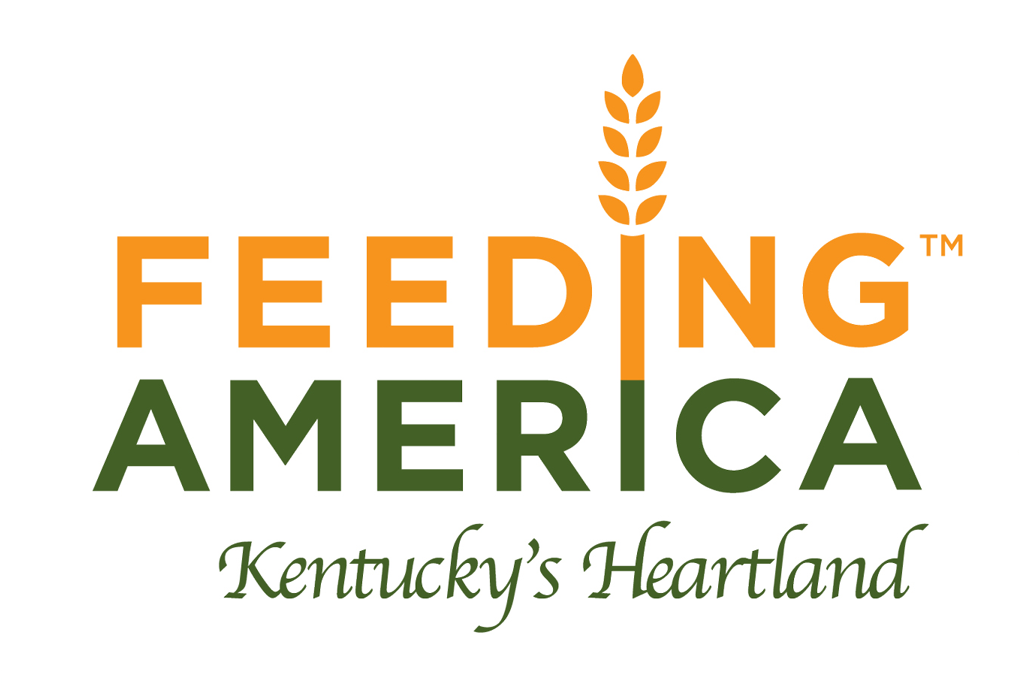
When it comes to fighting hunger, few tools are more effective—or more efficient—than the Supplemental Nutrition Assistance Program (SNAP). It’s a short-term bridge for working families, seniors, and people facing tough times—especially here in Kentucky’s rural communities. It feeds people, supports local businesses, and reduces pressure on already stretched food banks like Feeding America, Kentucky’s Heartland (FAKH).
What SNAP really is—and isn’t
SNAP provides modest monthly benefits to help eligible neighbors navigating economic hardships buy groceries. The average SNAP benefit in Kentucky is about $6 a day per person, and most recipients use it for a short time until they get back on their feet.
There’s often confusion about who uses SNAP and how the program works. Here are some common concerns we hear—and the facts that go with them:
- Myth: People on SNAP don’t work.
- Fact: In reality, most adult SNAP recipients already work, are actively looking for work, or are caregivers, seniors, or people with disabilities. The truth is that 86% of SNAP households with non-disabled, working-age adults earned an income within the last year. For many, SNAP provides crucial support when paychecks fall short or unexpected challenges arise.
- Myth: SNAP is full of fraud.
- Fact: SNAP has one of the lowest fraud rates of any federal program—less than 1%.
- Myth: Charities can handle hunger without government help.
- Fact: SNAP provides 9 meals for every 1 meal that food banks can offer. Even at full capacity, food banks like FAKH can’t replace what SNAP provides.
SNAP supports the economy, not just individuals.
SNAP doesn’t just help families—it helps communities. Every SNAP dollar spent goes right back into local grocery stores, markets, and farm stands. In fact, every $1 in SNAP generates up to $1.50 in economic activity. For small towns and rural counties, that spending matters. It keeps grocery stores open, jobs in place, and families stable.
What happens when SNAP is cut?
When SNAP benefits are reduced or restricted, the impact is immediate:
- Families go without meals.
- Local food banks see demand surge.
- Shelves empty faster, and volunteers can’t keep up.
- Healthcare costs rise as people struggle with poor nutrition.
As the cost of groceries rise, more working families are turning to FAKH for help. But we simply cannot replace what a strong, well-run federal program like SNAP provides.
What you can do
If you care about hunger, local jobs, and strong families, now is the time to speak up.
- Contact your representatives at 1-800-708-8229 or email lawmakers here. Ask them to protect SNAP funding.
- Push back against the myths. Share the facts with your community.
- Support local solutions. When programs like SNAP work, food banks can focus on emergency help—not picking up the pieces.
Hunger shouldn’t be a policy choice. Let’s stand up for the tools that work—and the neighbors who need them.
